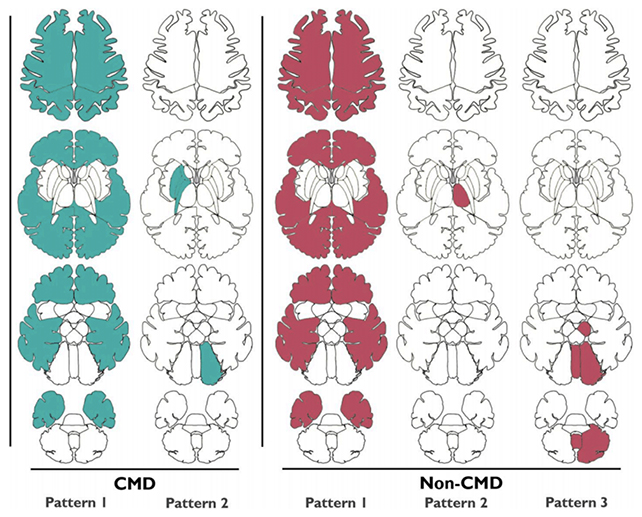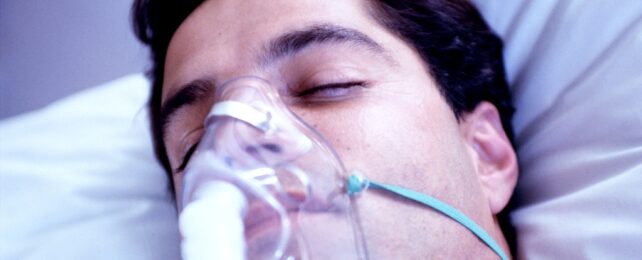Scientists have used advanced imaging techniques to identify brain activity and regions linked to cognitive motor dissociation (CMD), or 'hidden consciousness'. CMD is a state in which a person appears comatose and unresponsive while inwardly showing signs of conscious brain activity.
The findings, reported by a team from Columbia University in the US, may help doctors more easily identify CMD in the future, and better tailor treatments for people who can understand what's being said to them but can't respond to it.
CMD happens in around 15–25 percent of people with brain injuries from head trauma, brain hemorrhage, or cardiac arrest. In these patients, something breaks between the instructions coming from the brain and the muscles needed to carry those instructions out.
"Using a technique we developed called bi-clustering analysis, we were able to identify patterns of brain injury that are shared among patients with CMD and contrast to those without CMD," says biostatistician Qi Shen from Columbia University.

Electroencephalograms (EEGs) were used to look at the brain activity of 107 participants in the study when asked to perform simple movements, with 21 people identified as having CMD.
This was followed up with magnetic resonance imaging (MRI) scans and machine learning techniques to spot patterns matching CMD with certain brain regions and activity.
All the CMD patients had intact brain structures related to arousal and command comprehension, suggesting verbal instructions could indeed be heard and understood. However, there were structure gaps in regions related to physical action, explaining the inability to move in response.
More research is needed to fine-tune these techniques and more accurately spot CMD through brain scans, but eventually it could give health professionals the ability to make a more accurate diagnosis. What's more, it might help identify patients who have the best chance of recovery.
The ultimate goal is to have this kind of analysis and detection available everywhere where brain injuries are treated, through the use of EEG and MRI scans, and a deeper knowledge of which types of brain damage actually do affect consciousness.
Research continues into helping people stuck in coma-like states, and one way to improve treatments is to better understand what level of consciousness patients have.
"Our study shows that it may be possible to screen for hidden consciousness using widely available structural brain imaging, moving the detection of CMD one step closer to general clinical use," says neurologist Jan Claassen from Columbia University.
The research has been published in Brain.
